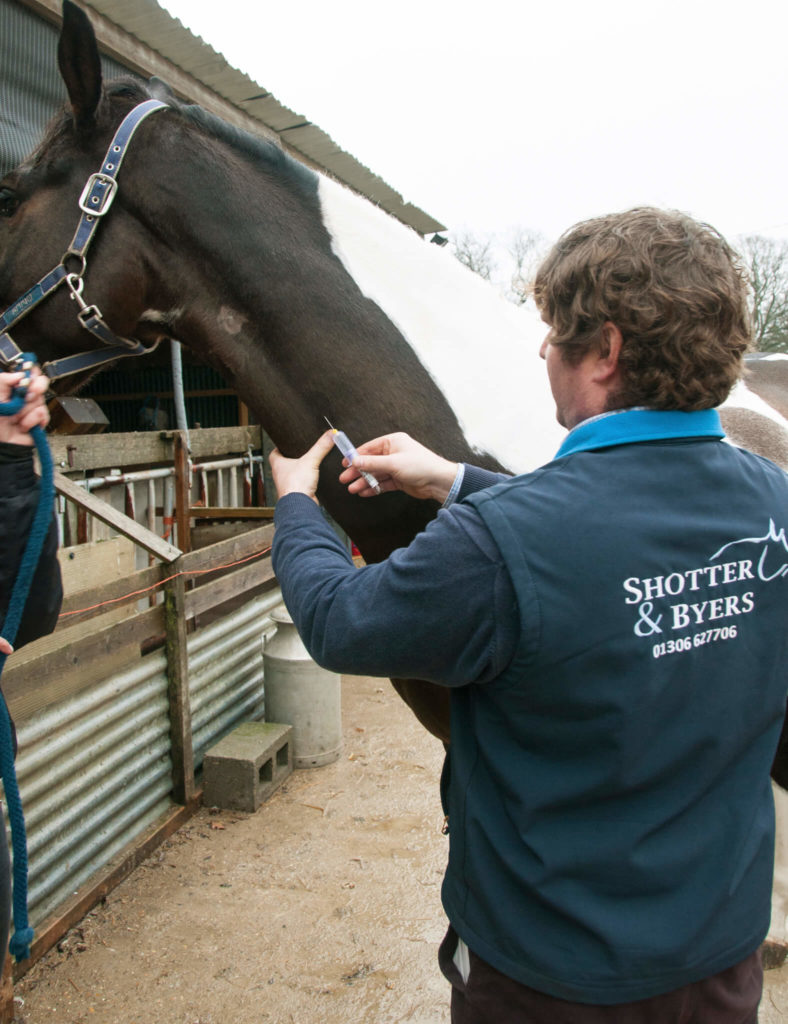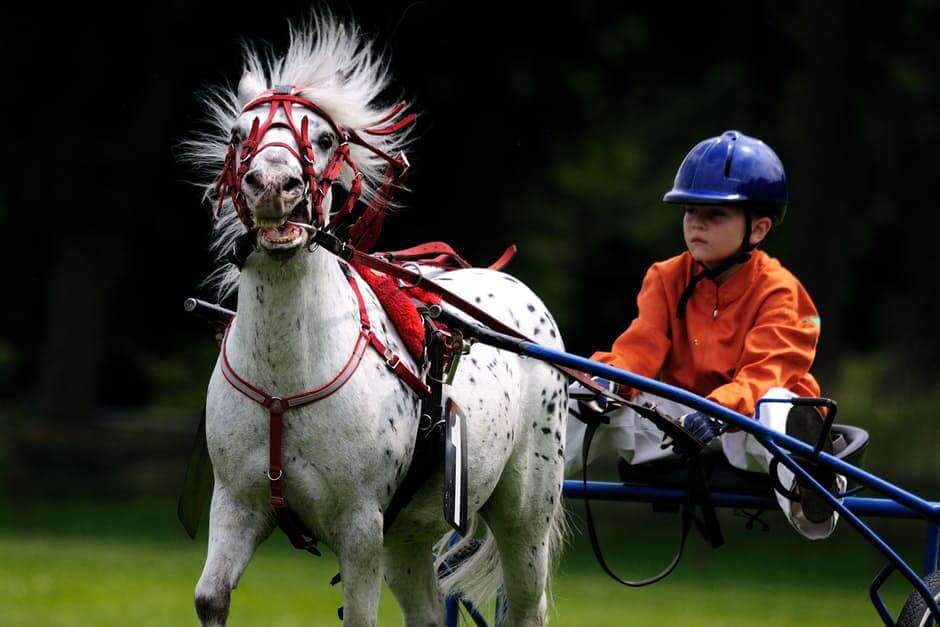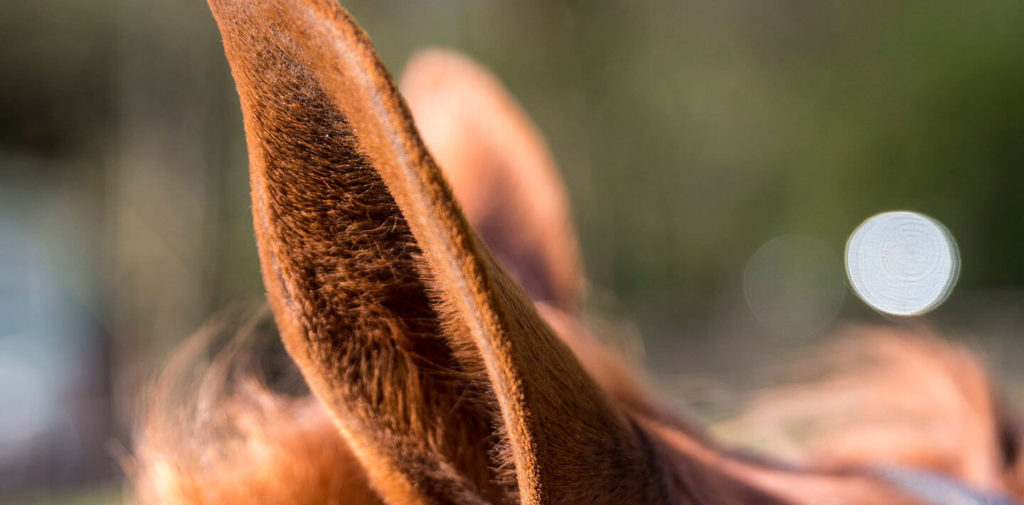Grass Sickness
Clinical signs are attributable mainly to stasis of the entire alimentary tract, and include depression, inability to swallow, lack of appetite, gastrointestinal distension and impaction, abdominal pain, sweating, elevated heart rate, muscular tremors, weight loss and drooping eyelids. There is no specific treatment for the disease. The majority of affected horses are euthanised on humane grounds, but some horses with mild chronic grass sickness may survive with intensive nursing care.
Acute Grass Sickness
This is the most serious. It is of rapid onset, the horse is severely distressed, has an elevated heart rate, and patchy sweating, may be dull and depressed. Moderate quantities of green fluid may be produced from the nostrils (this should always be considered a serious signs in a horse). There is lack of gut movements, and usually no faeces will be produced. There are often muscle twitches involving the muscle of both fore legs. Horses with acute grass sickness are often confused with colic, but rarely roll or go down. Veterinary attention is required urgently. Often when a stomach tube is passed a vast quantity of grass fluid will flow back. Destruction on humane grounds is the only option.
Subacute Grass Sickness
Affected animals rarely have gastric reflux (green discharge) but will show most of the signs displayed by the acute cases. An inability to swallow is a prominent sign along with drooping of the upper eyelid. Subacute cases are always fatal; the course of the disease is 2 – 7 days.
Chronic grass sickness. These cases are less severely affected than subacute cases and may be able to eat small amounts of food. Some of these horses may survive for considerable periods of time and may respond to treatment.
However many are left permanently damaged, and unfortunately euthanasia is the common outcome. Currently there is no way of treating this disease.
Risk factors include:
- Recently introduced to new pasture.
- Previous history of grass sickness on pasture.
- No hay or conserved feed being fed.
- Aged 2 to 7 years.
- Highest incidence April – July (but can occur all year
around).
It must be stated however that all horses can be affected by grass sickness. Grass sickness is caused by widespread severe damage to the neurons (nerves) in the autonomic nervous system (this is the part of the nervous system that helps control the intestines).
Patchy sweating is common in all forms of grass sickness.
It is not possible to protect your horse 100% from grass sickness. The following advice may help:
- Always feed some conserved forage (hay) even when horses are turned out 24 hours a day.
- Don’t put horses in the at risk age group (2-7 years) out onto pasture where there has been previous cases.
- Make sure your horse is healthy with regular worming or fecal egg count monitoring.
The cause of grass sickness has remained a mystery for the last ninety years. Research workers have recently made some interesting advances, but there is still much left to find out about
grass sickness. We need to raise awareness and we need more funding for research.




